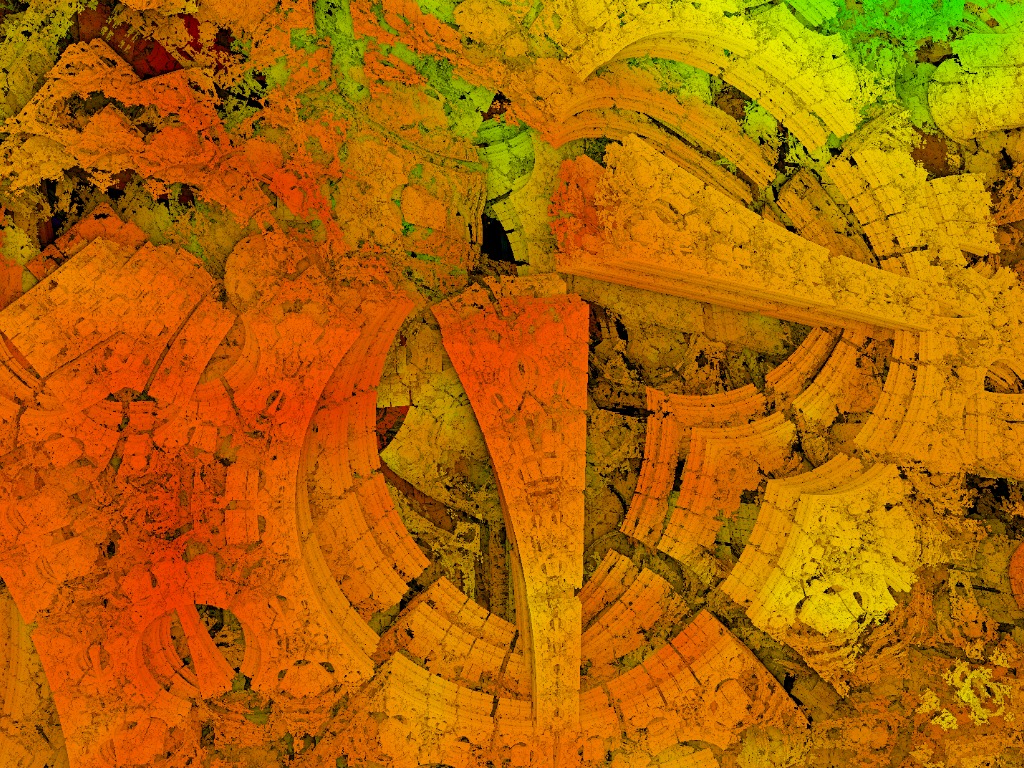
Pardon me, do you have the time
Philosophical
discussions about time often begin with the pre-Socratic Greeks Heraclitus and
Parmenides (~500 BC). Heraclitus argues that everything is changing. “No one
can step into the same river twice,” emphasizes becoming. On the other hand,
Parmenides argues nothing ever changes, it only appears that way, prioritizing
being. Plato and Aristotle each sought to resolve this dichotomy. Plato
(428-348 BC) places unchanging being in ideal, abstract forms. Change occurs in
the physical world, which participates imperfectly in the forms. For Aristotle
(384-322 BC), the resolution is hylomorphism, where changeable matter takes on
an immanent form, such as the soul shaping the body.
Yet, Moses
predates these thinkers (~1250 BC). Time begins when God creates the heavens
and the earth (Gen 1:1). Time is grounded in eternity. In Psalm 90, Moses
contrasts man’s transience, which is like grass, “by evening it fades and
withers” (Psalm 90:6), with God’s permanence: “from everlasting to everlasting
you are God (Psalm 90:2).” Augustine of Hippo (354-430) compares his personal
fleeting perception of time, with God’s simultaneity in eternity: “Today is
your eternity” (Confessions, XI). Thomas Aquinas (1225-1274)
systematizes Christian metaphysics, including time and eternity (Summa
Theologica, ST I, 10), distinguishing between the movement of time in
succession with the “now” of God that stands still. He draws on the work of
Aristotle and Augustine to unify insights from nature and grace.
In more
recent days, British Idealist J.M.E. McTaggart[1]
ponders The Unreality of Time.[2] He
describes time in two ways. The A series provides a tensed description of time,
using past, present, and future. The B series is a timeline having events
“earlier than” or “later than” others. The A series describes changes in
time. The static B series is a record of events. McTaggart aims to prove
that A and B series contradict each other, therefore time is unreal.[3]
Direct experience encounters the A series. Memory recalls the B series. If the
static B series is all that exists, then the order of events never changes, but
this does not capture the dynamics of change. If the A series is solely true,
then every event takes on future, past, and present status with the passing of
time. This prompts an ever-shifting regress of events and their relations, but
this is in conflict with the fixed nature of the B series. A series and B
series are incompatible. Therefore, time is unreal. McTaggart favored a C
series instead—an ordered list existing in a timeless ideal realm of harmonious
spirits.
Since
McTaggart’s day, philosophers have attempted to resolve this paradox. Some
argue in favor of the A series. A theory anchors time to human experience. The
future is open. B theory, following special relativity, favors the determinism
associated with a fixed timeline.
How do
these philosophies compare to the more ancient understanding? A complete theory
of time should describe its beginning, its end, the human experience of time,
the order of time, human progress in time (in a universe with increasing
entropy), and decision-making (free will) within time. This study surveys four
leading theories of time: Presentism, Eternalism, Growing Block Theory, and
Branching Tree Theory, presenting their case, considering counterarguments, and
comparing them with a Christian metaphysics of time anchored in the work of
Thomas Aquinas. The Thomistic approach is superior. It provides a complete,
coherent, and comprehensive solution.
Next up, Presentism…
[1] Kris
McDaniel, "John M. E. McTaggart," in The Stanford Encyclopedia of
Philosophy, ed. Edward N. Zalta, Summer 2020 ed., accessed March 5, 2025, https://plato.stanford.edu/archives/sum2020/entries/mctaggart/.
[2] J. M. E.
McTaggart, “The Unreality of Time,” Mind 17, no. 68 (1908): 457–474, https://doi.org/10.1093/mind/XVII.4.457.